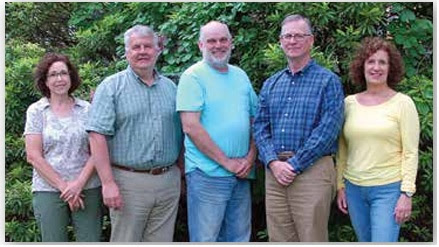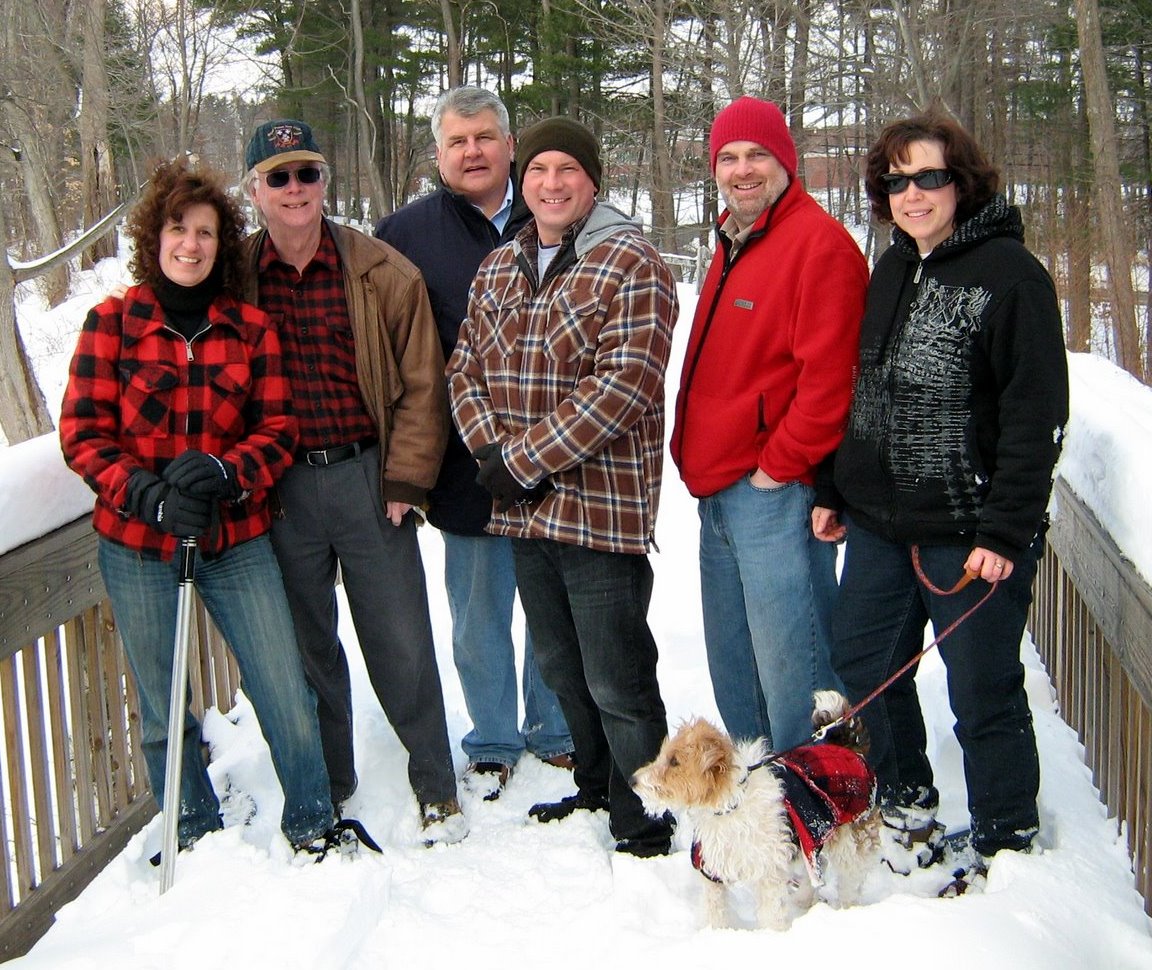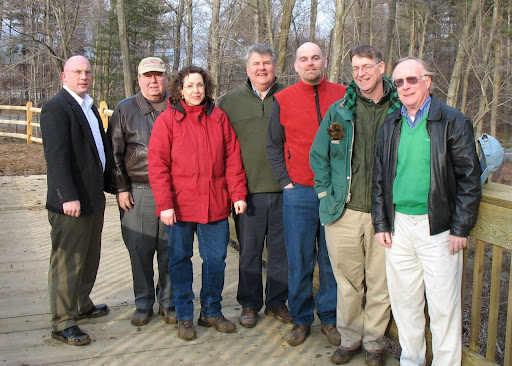When there is a question between property owners over the property line location, it's usually pretty easy to work out conflicts promptly. Both owners are there to react with immediacy to a breach or infringement on their property. But what happens if one of the property owners is the City and isn't there regularly to see someone using its property improperly?
Before anyone gets excited, you can't claim City property as your own just by using if for several years (the legal term is "adverse possession"). Just the same, the City holds value in the character of the land to the benefit of it's residents, and does need to protect the asset.
Obviously, if someone were dumping debris or garbage on City property, there is a detriment. Less obvious an impact is when someone cuts down trees to improve their view, or mows a meadow to have expanded lawn. One person's view into a valley, can become another person's view disrupted onto a formerlly naturally vegetated ridgeline. A meadow may look unruly, but it may be filtering contaminents from runnoff heading toward a stream.
The City has been very active since the mid 1960's in acquiring Open Space, as well as other parcels conserved for future municipal use (ball fields, firehouses, etc). Not every parcel is monitored on a short periodic basis, and a great reliance on maintaining the value of City's interests comes from reports of resident (which are then followed up on). That concept of neighbors watching city property is known as our "landkeepers program" (inquire with the City Conservation Agent if interested in participating). Not all parcels have hikers and birdwatchers enjoying them, so there are a few that escape notice of encroachments until after the damage is done.
If the vacant lot of woods at the rear of your yard looks like a good place to dump lawn debris, some people might not think about going ahead and doing that - but it would be a violation of Open Space Regulations.
The CtPost had an article that I hope was widely read on this subject. I cut/paste it for longevity and comment as the URL locations can change.
http://www.connpost.com/localnews/ci_10815959
Trail leads to property line education
By KATE RAMUNNIStaff writer
Article Last Updated: 10/25/2008 06:44:36 PM EDT
SHELTON -- Martin Reynolds loves to walk the city's Shelton Lakes Recreation Path, so much so that when his business relocated him to the area, he focused his apartment hunt on Shelton to be close to the popular trail.
And while he loves the idea of the city providing the path to the public, he said he can understand how those whose backyards abut the trail might assume an attitude that the city-owned open space that abuts their yards is free for the using.
"There are some areas where it seems like it goes right through people's backyards, and sometimes I've seen people who live there doing yard work pretty close to the trail," he said Thursday as he returned from an early morning trek. "I never really thought about it, but I'm sure some are doing work on property they don't own."
That encroachment has become an issue the Conservation Commission increasingly must confront, though one that officials feel should be done with a soft touch.
It's not the commission's purpose to punish those who encroach on city-owned property, but rather to educate, said Tom Harbinson, the commission chairman.
"I would hope they look at us as the educator of where property lines between public and private spaces are and the reasons why and when certain areas are left natural, wooded, meadow or open for other passive recreation," he said.
Homeowners aren't always aware that they're treating city-owned land as their own, he said. Although, he added, there have been some instances when property owners abutting city land knew they had encroached on public holdings.
"Sometimes, validly, the homeowner doesn't know or assumes where the boundary is, and other times they are outright commandeering public property for personal use," he said, such as putting up sheds without permits. "The Conservation Commission never had an agent to monitor or address these situations before, so we have taken a personal approach to each case as they are discovered.
"But we are finding that the public does not understand what public open space is versus a conservation easement or even a pedestrian easement," he said.
***
When the City owns property it generally is known as "municipal property" (schools, police station, firehouse, cityhall, sports fields, etc). If the municipal property has a natural landscape character it is more specifically referenced as "Open Space" (meadows, farmfields, woods). If the municipal property that has a natural landscape character is deed restricted to remain undeveloped, it is further referred to as "Permanently Protected Open Space".
When Private Property has a covenant that a portion of it can not be mowed, or trees cut down, that language recorded on the deed in the land records is known as a "Conservation Easement". When the restriction refers to public passage for a trail or path, it is known as a "Pedestrian Easement". Easements are a common way to pass certain rights to others and are recorded in the land records (sewer easements, utility easement, etc). The language of every easement is unique to itself, however the City of Shelton has attempted to bring some uniformity to conservation and pedestrian easement language in the modern day subdivisions it reviews.
***
Much of the enforcement falls on Conservation Agent Teresa Gallagher, whose job it is to monitor public encroachment on open space.
Using tax assessor maps and the computer program Google Earth, she is able to see where the property lines are and what is on the open space, Gallagher said. "Major encroachments can be identified very quickly this way," she said.
There are other Web sites that can be used to view properties, she said.
"The bottom line is, people may think no one can see what they are doing when they cut down trees in the open space behind their homes," she said, "but in the age of the Internet, we can see it from our desks."
***
The State of Ct has aerial photography that is taken regularly and available to municipalities. This is in addition to the publicly accessible resources such as satelite photography (google earth), aerial photography (microsoft live), and ground level photography (google street view).
***
Some encroachment issues stem from people's fear of Lyme disease, she said.
"One very disturbing trend I am seeing is people who are worried about ticks clearing out large areas, leaving only short grass, and then spraying that area heavily with insecticide," she said. "I have heard this reasoning from residents to justify why they clear and mow the open space. They say they are taking care of it, and have trouble understanding why land in a natural state, which they fear, might be a good thing.
"It used to be that people maintained swaths of natural areas on their properties as buffers, but some people now view this as tick habitat, which is not entirely correct. Many people get Lyme Disease by walking through a lawn."
That also creates another problem -- some of the insecticides that people use are known health hazards to humans and pets, she said.
"Modern insecticides are much more toxic than DDT, they just break down faster; people don't realize that," she said. "So we have parents letting their children and pets run around through the insecticide thinking it's healthy because there are no ticks." In some cases, developers building housing around the trail don't delineate property lines properly, Gallagher said. There was once such case at Toll Brothers' development, she said.
"It was due to Toll Brothers not having delineating the property line before the homeowner moved in," she said. "The property owner was very eager to have the line identified and is planting trees along the border." Sometimes homeowners will mow city-owned property, or even ask the city to mow it, she said. But it's better to leave it in a natural state, she said.
"In reality, conservation lands should not be mowed," she said. "Eventually, the grass will revert to brush and then to trees."
"The suburban interpretation that a lawn is prettier or nicer landscape than a meadow or natural-scape, while subjective, does not address why the area was sought to be left natural when the original parcel was subdivided into lots creating the neighborhood," Harbinson said. "It could be to provide passive recreation -- a field for neighborhood kids to play in -- or wildlife habitat, meadow for cover of birds, or water resource protection, filter contaminants before they reach a stream.
"Education to the public will be the real resolution to this task," he said.
**
People can review our Open Space Plan online, in addition to Open Space maps showing where parcels are kept natural and connect with others to create wildlife or habitat corridors which we refer to as Greenways.
**
Wednesday, October 29, 2008
Subscribe to:
Comments (Atom)


